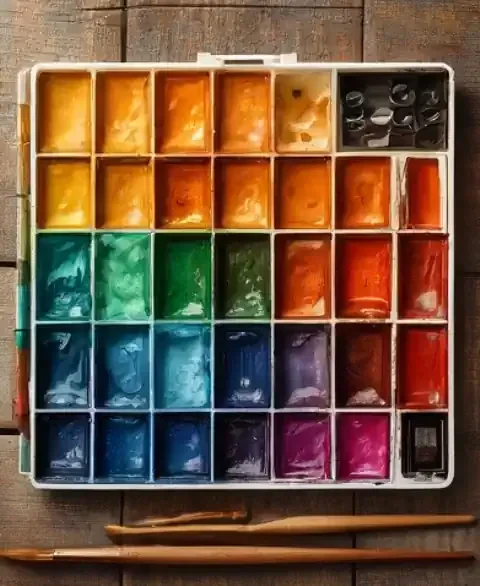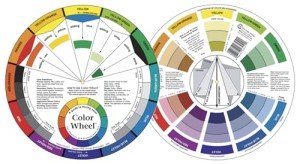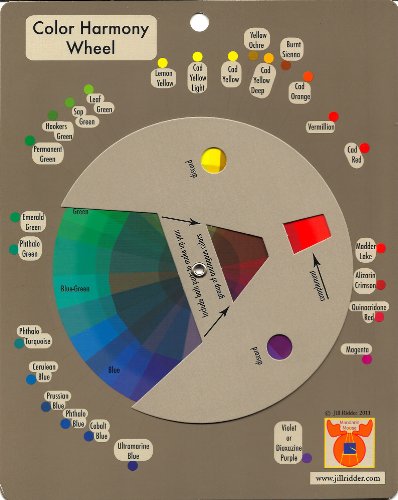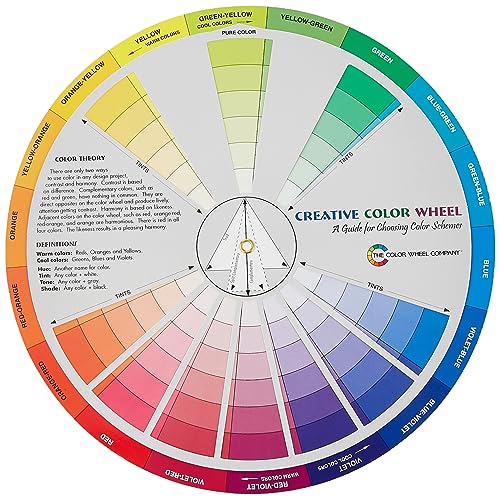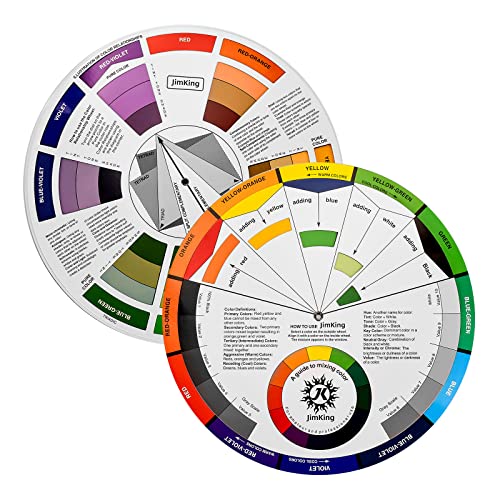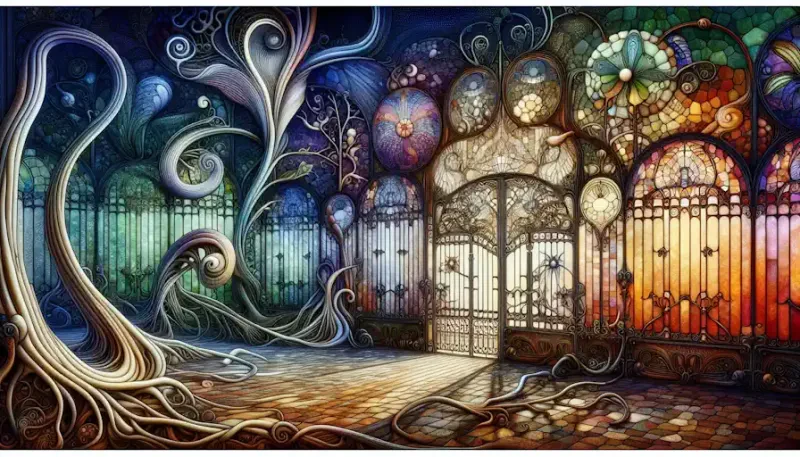Art, in its essence, is a celebration of color. From the subtlest shade to the most vibrant hue, the choice of pigment is fundamental to an artist's expression. This comprehensive guide explores the fascinating world of artistic pigments, offering insights into their variety, characteristics, and use in creating mesmerizing artworks.
The Science Behind the Color
Pigments are finely ground particles that give paint its color. They can be derived from a variety of sources, including minerals, plants, synthetic compounds, and even metals. The choice of pigment not only determines the color but also affects the paint's transparency, lightfastness (resistance to fading), and texture.
Types of Pigments
Natural Pigments: Earth's Palette
Natural pigments have been used since ancient times. They are sourced from earth (like ochres and siennas), minerals (such as ultramarine and malachite), and organic sources (like indigo). These pigments are renowned for their subtle, earthy colors and are often favored in traditional and historical art restoration.
Synthetic Pigments: The Modern Spectrum
Developed since the Industrial Revolution, synthetic pigments offer a wider range of bright, vibrant colors. These include phthalocyanine blues and greens, quinacridones, and cadmium colors. Synthetic pigments provide artists with a more diverse palette and greater consistency in color and quality.
Historic Pigments: Timeless Hues
Some pigments carry historical significance, like the lapis lazuli-based ultramarine, verdigris, and lead white. These historic pigments are often replicated using modern, safer alternatives due to their toxic nature or scarcity.
Forms of Pigments
Tubes of Paint
The most common form for artists, tubes contain pigment mixed with a binder (like oil or acrylic). They are convenient, easy to use, and offer a range of consistencies and finishes.
Powder Pigments
Used for making custom paints or for special techniques, powder pigments offer artists the ability to create their unique hues and consistencies.
Watercolor Pans
Watercolor pigments are available in pans or tubes. Pans are convenient for their portability and ease of use, especially for outdoor or plein air painting.
Pastels
Pastels contain pigment with a minimal binder, offering intense color and a unique texture. They come in both soft and oil-based forms.
Colored Pencils
Colored pencils use pigment in a solid, pencil form, offering precision and control. They are great for detailed work and adding fine lines to a painting.
Choosing the Right Pigment
Color Properties
Understanding color properties like hue, value, and saturation is crucial. These properties help in choosing the right pigment for your artwork's mood and theme.
Transparency vs. Opacity
Transparent pigments are great for glazing and layering, while opaque pigments offer solid coverage and are good for highlights and bold statements.
Lightfastness
Consider the pigment's lightfastness if your artwork will be exposed to light. Some pigments fade over time, so it’s essential to choose ones with high lightfastness for longevity.
Mixing Qualities
Some pigments mix well to create a wide range of colors, while others can become muddy. Experimenting with a limited palette can help you understand the mixing qualities of different pigments.
Application Techniques
The beauty of pigments lies in their versatility. Each type of pigment can be applied in various ways, depending on the desired effect. Techniques like layering, glazing, scumbling, and dry brushing can be explored to achieve different textures and finishes.
A World of Color at Your Fingertips
The world of artistic pigments is vast and varied, offering endless possibilities for creative expression. By understanding the different types of pigments and their unique qualities, you can choose the right colors to bring your artistic visions to life. Whether you’re a seasoned artist or a beginner, exploring the spectrum of pigments can be a rewarding and enriching experience.
As you embark on your colorful journey, remember that each pigment has its story, its mood, and its voice. Selecting the right pigment is not just a choice of color, but a step towards mastering the art of visual storytelling. So, dive into this vibrant world and let the colors you choose narrate your artistic tale.
